How to Count Every Language in India
There are at least 780.
In 1898, George A. Grierson, an Irish civil servant and philologist, undertook the first ever Linguistic Survey of India. It took Grierson 30 years to gather data on 179 languages and 544 dialects. The survey was published in 19 volumes, spanning 8,000 pages, between 1903 and 1928.
For a very long time, Grierson’s achievement remained unsurpassed. After India became independent, the government initiated but never completed a second language survey. In 1961, the Census of India published The Language Tables, which identified 1,652 “mother tongues.” But the data for the Language Tables was obtained while collecting other census information and is not considered an authoritative language survey. In the absence of an extensive modern-day audit, the government cites 122 languages as the official number based on available data. The state does not individually recognize those languages spoken by less than 10,000 people.
Ganesh Devy was frustrated by this lack of contemporary data, especially the discrepancies he saw in the existing numbers. Since the government wasn’t likely to start on a new survey in the near future, Devy, a former professor of English from the western state of Gujarat, launched the People’s Linguistic Survey of India in 2010. The name refers to the fact that it was the people of the country, and not the government, that embarked on this project.
With single-minded ambition, he put together a team of 3,000 volunteers from all parts of the country. Since 2013, the PLSI has published 37 volumes, featuring detailed profiles of each of India’s languages. The project is expected to be completed by 2020 with 50 volumes. In the linguistic landscape of India, the work done by PLSI is not just pathbreaking, it is crucial in recording and thus preserving the languages of the country for future generations.
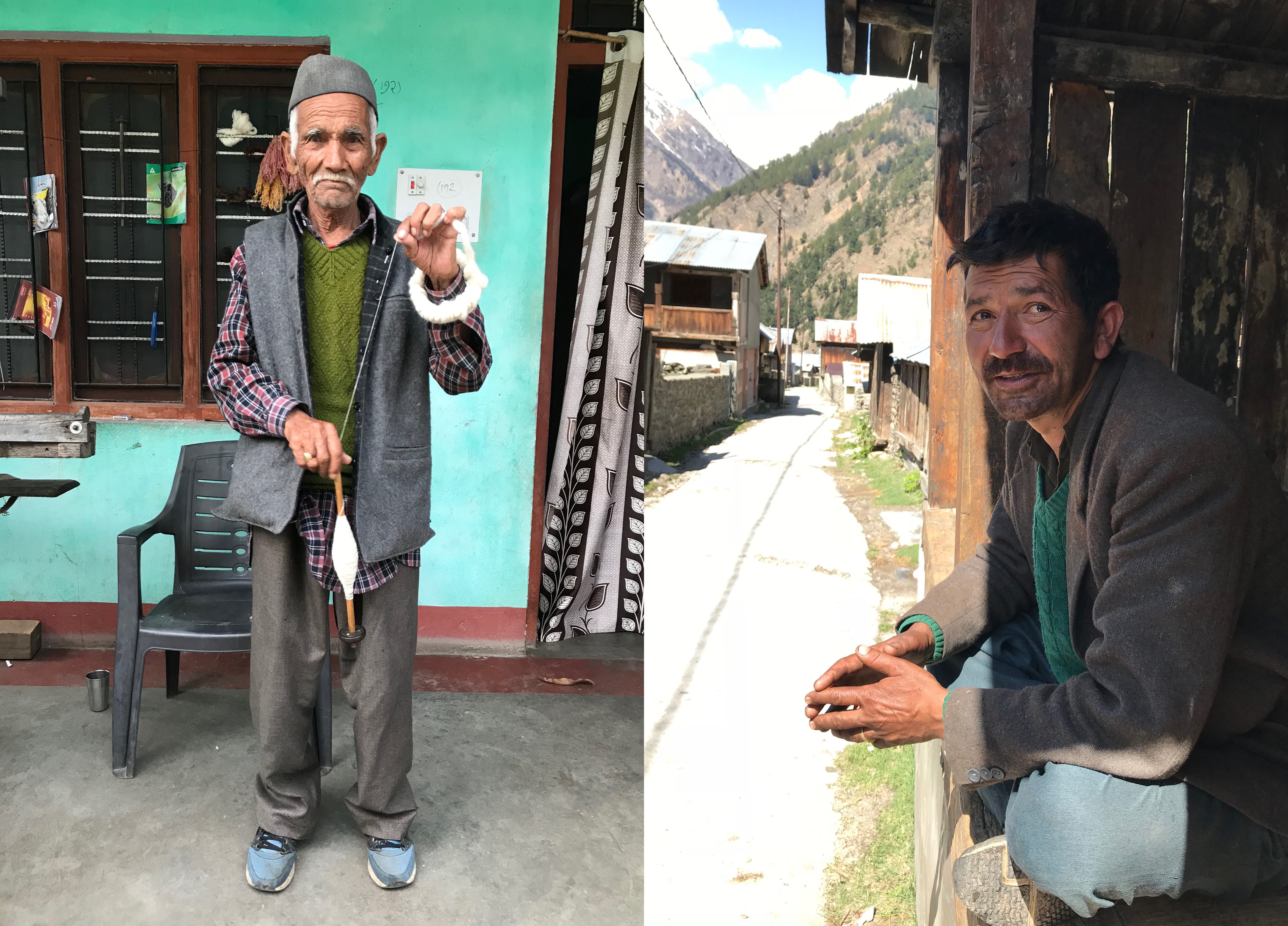
India is one of the four most linguistically diverse countries in the world, along with Papua New Guinea, Indonesia, and Nigeria. The country has been identified as a “language hotspot” by K. David Harrison, a linguist at Pennsylvania’s Swarthmore College. According to Harrison, a language hotspot is a region with a high level of language diversity and endangerment, and a low level of documentation. In such a rapidly shifting country, Devy’s documentation is thus invaluable.
The challenge of putting a disparate team together with a minuscule budget of 8 million rupees ($1,17,000)—provided by a private trust—to map the languages spoken by 1.3 billion people was enormous. “My team was not made of linguists, but people who could speak their own language,” Devy says. “We had writers, school teachers, philosophers, social scientists, some linguists. We also had farmers, daily wagers, car drivers, people who had been in and out of jail. They had an intimacy with their language. Even if it was less scientific, it was authentic.” These volunteers were asked to record data about the languages they spoke, including the history of the language, its grammatical features, and samples of songs and stories. It was chaotic, Devy admits, but he traveled to every corner of the country to train the team and the final product was vetted with academic rigor.
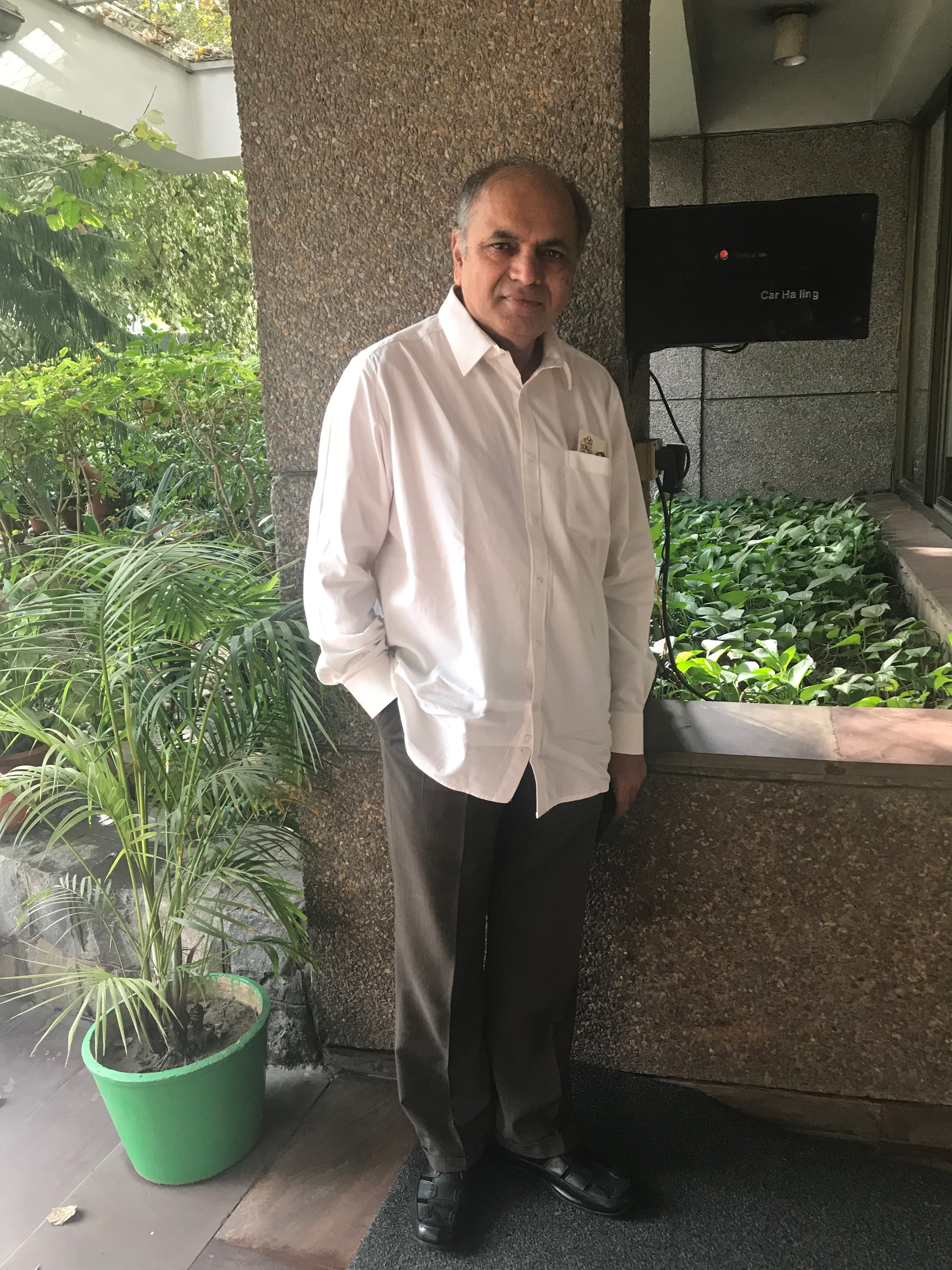
So far, the PLSI has recorded 780 languages in India and 68 scripts. When Devy embarked on the mammoth project, even he did not expect to unearth that many. He says that the PLSI could not report on nearly 80 languages for various reasons, including accessibility of a given region due to remoteness or conflict, which brings the estimated total number of languages closer to 850.
Based on data from the survey, Devy estimates that in the last 50 years, India has lost 220 languages, including some within the last decade. In 2010, Bo, one of the oldest languages in the world, dating to pre-Neolithic times, died along with the last fluent speaker, a woman named Boa Senior who had been living in the Andaman Islands. In 2017, Majhi, a language spoken in Sikkim in northeast India, perished with the death of its last speaker, Thak Bahadur Majhi.
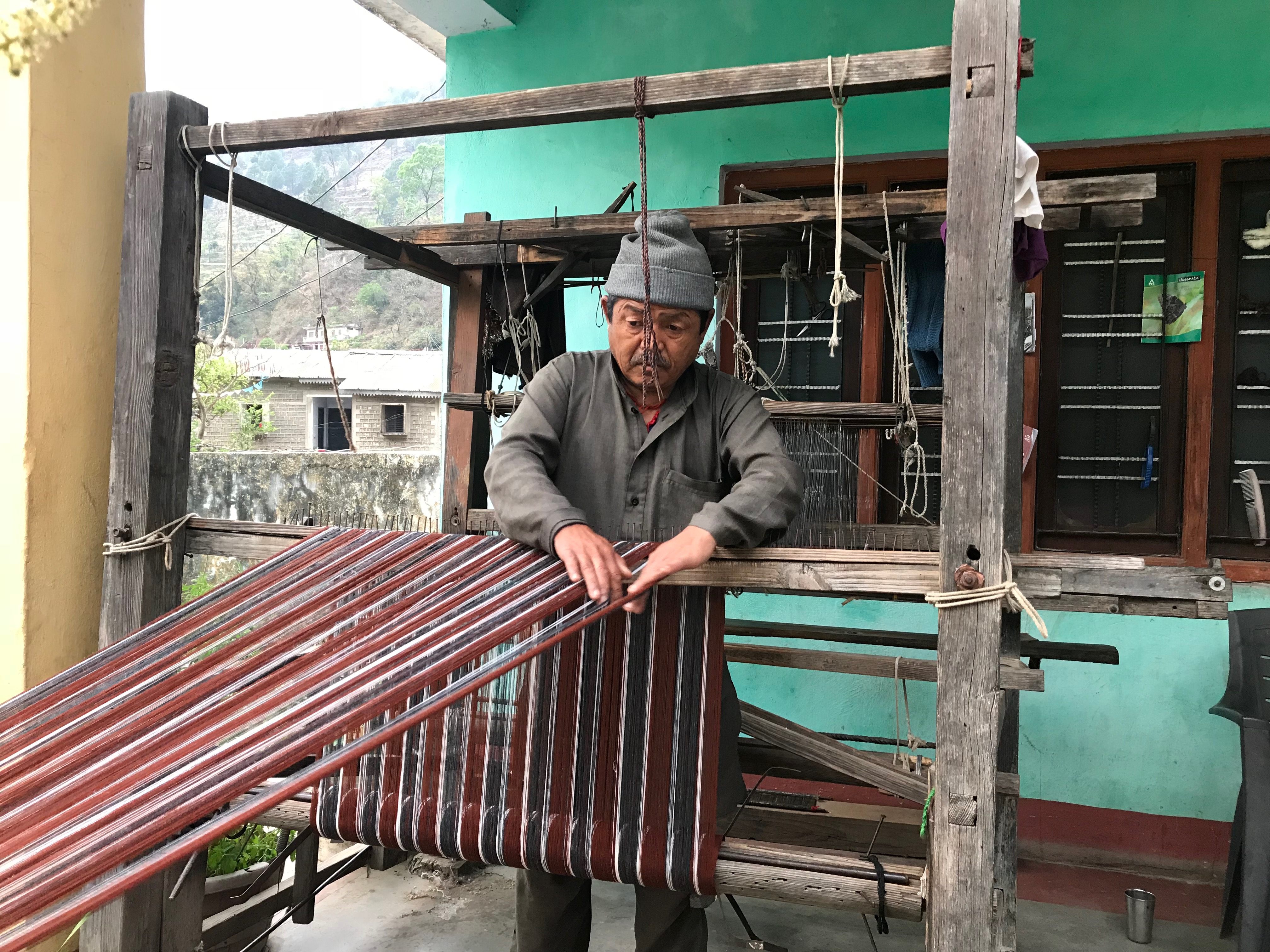
Languages such as these, spoken by communities that have lived in relative isolation, including the tribes of northeast India and those communities on the islands of Andaman and Nicobar in the south, are identified as the most vulnerable by linguists. A decline has also been seen along the coast of India as people migrate to cities for work.
But the story of India’s languages is not all grim. There are plenty of other instances of linguists discovering “hidden” languages in the country. For example, in 2010, Harrison identified Koro, a Tibeto-Burman language spoken by a remote tribe in Arunachal Pradesh in northeast India. In April 2018, the linguist Panchanan Mohanty from Hyderabad University discovered two languages, Walmiki and Malhar, in remote parts of Odisha state in eastern India.
“India has some of the oldest surviving languages,” says Devy. “A language like Tamil has been around for 2,500 years. Some of the tribal languages would be even older. These languages have survived because they have a philosophical context to them and that philosophy is part of the lived lives of the speakers.”

Jad is one of the 780 languages documented by the PLSI. In many ways, the story of Jad, which is spoken in the northern Indian state of Uttarakhand, is illustrative of what is happening with many of India’s minority languages, which are disappearing at an alarming rate. The language is classified by UNESCO as “definitely endangered” (when children can no longer learn the language as a “mother tongue” in the home), with about 2,000 remaining speakers. It is under pressure from the dominant languages of the region: Garhwali, Hindi, and English.
In Dunda, a remote village perched on top of tall Himalayan peaks, members of the Jad community ponder the fate of their language. Dunda is the winter abode of the Jad people, a nomadic tribe that raises sheep and migrates between two villages with the change of seasons. In the evenings, women sit together in small groups in their compounds working on huge stacks of wool and talking companionably among themselves in their language, while their children go for coaching classes to learn English.
Sundarwati Rawat is part of this community. Every day when she puts her one-year-old grandson to sleep, she yearns to sing to him in her native language. The songs that were sung to her in Jad when she was young have slowly faded from her memory. She deliberately did not sing them to her daughters; she wanted them to learn Hindi and English, to find jobs in big cities. As she’s become older, she’s started to worry. “How will my grandson know who he is and where he comes from if he doesn’t know his own language?” she frets, speaking in Hindi.
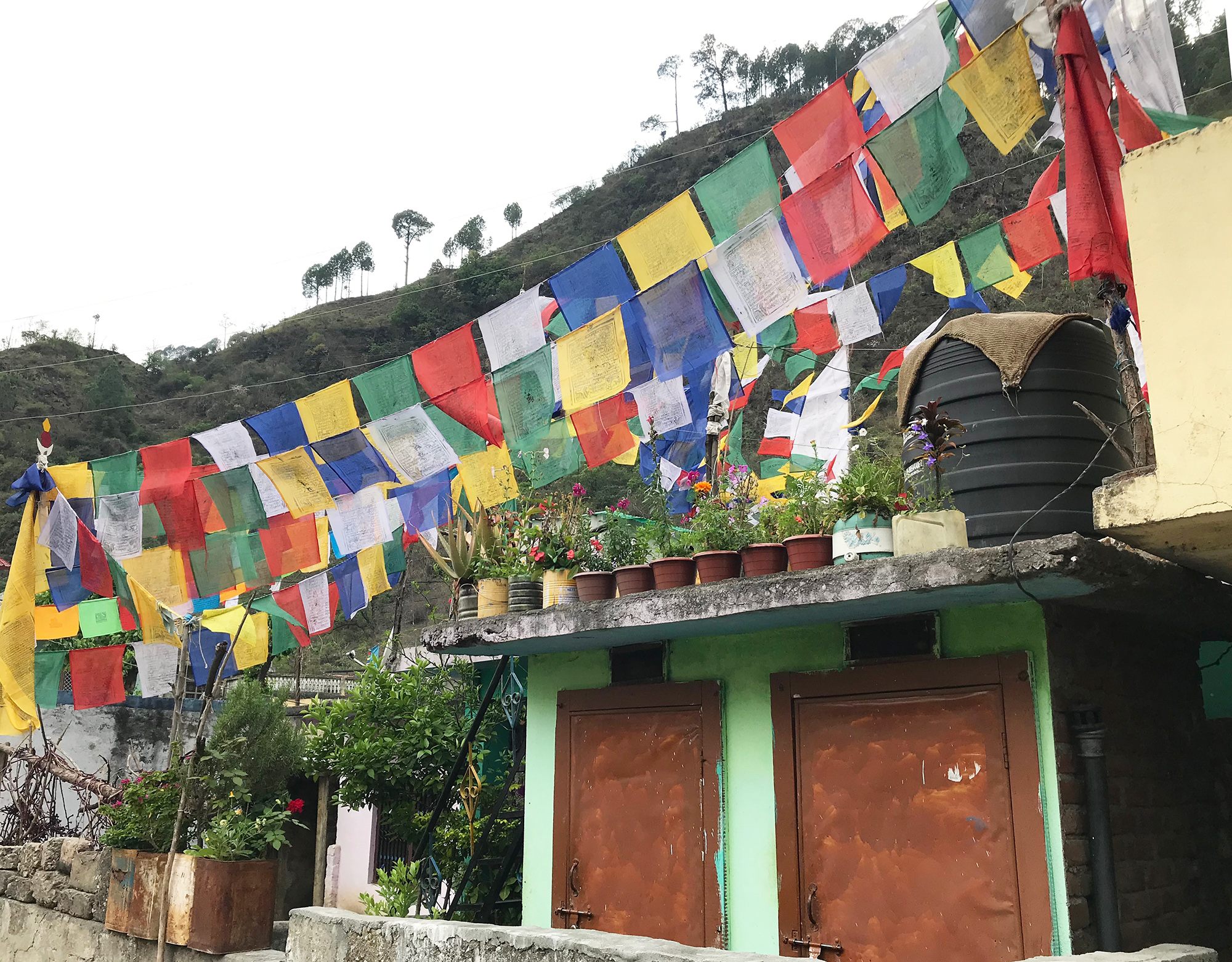
Rawat thinks of herself as the memory keeper of her people. She is one of the few from her community to have preserved traditional objects related to Jad culture. In her collection, there’s an angni (a short woolen shirt), a pagra (broad woolen belt), a gold necklace with beads, and a large nose ring, all of which she brings out proudly to exhibit. “Our mother and their mothers have worn this,” she says. Her sense of loss of language is entwined with the loss she associates with these relics.
Her daughter Sheela is 24 and teaches in a school nearby. Sheela says that though she prefers to speak her language among her people, she never speaks it in front of outsiders. “I don’t want people to see me as different,” she says in Hindi.
Every family in the village faces the same dilemma, their identities threatened by erasure. The Jad are a proud people with a riven history. They were associated with the ancient Silk Road trade between India and Tibet, bartering grains, jaggery, and sugar for salt, borax, and wool from Tibet. The Jad language belongs to the Tibeto-Burman group of languages and Jad people are influenced by both Indian and Tibetan cultures. In 1962, at the time of war between India and China, the Jad people, whose villages were originally located close to India’s border with Tibet, were displaced and then resettled. The trade routes were closed and they had to find new means of living.
Narain Singh Negi, the elderly chief of Dunda village, carries the wounds of that displacement. “Our land was taken away and we were given these houses in compensation,” he says in Hindi, as he points at his surroundings. The houses in the village are draped with bright Buddhist prayer flags that flutter in the wind. Negi is disillusioned by the curiosity of anthropologists and linguists who record their culture and language and represent them to the world. He was even reluctant to go on record for this article. He fears the “othering” of his community. “They come here and try to separate us from the mainstream and that is not good for us,” he says.
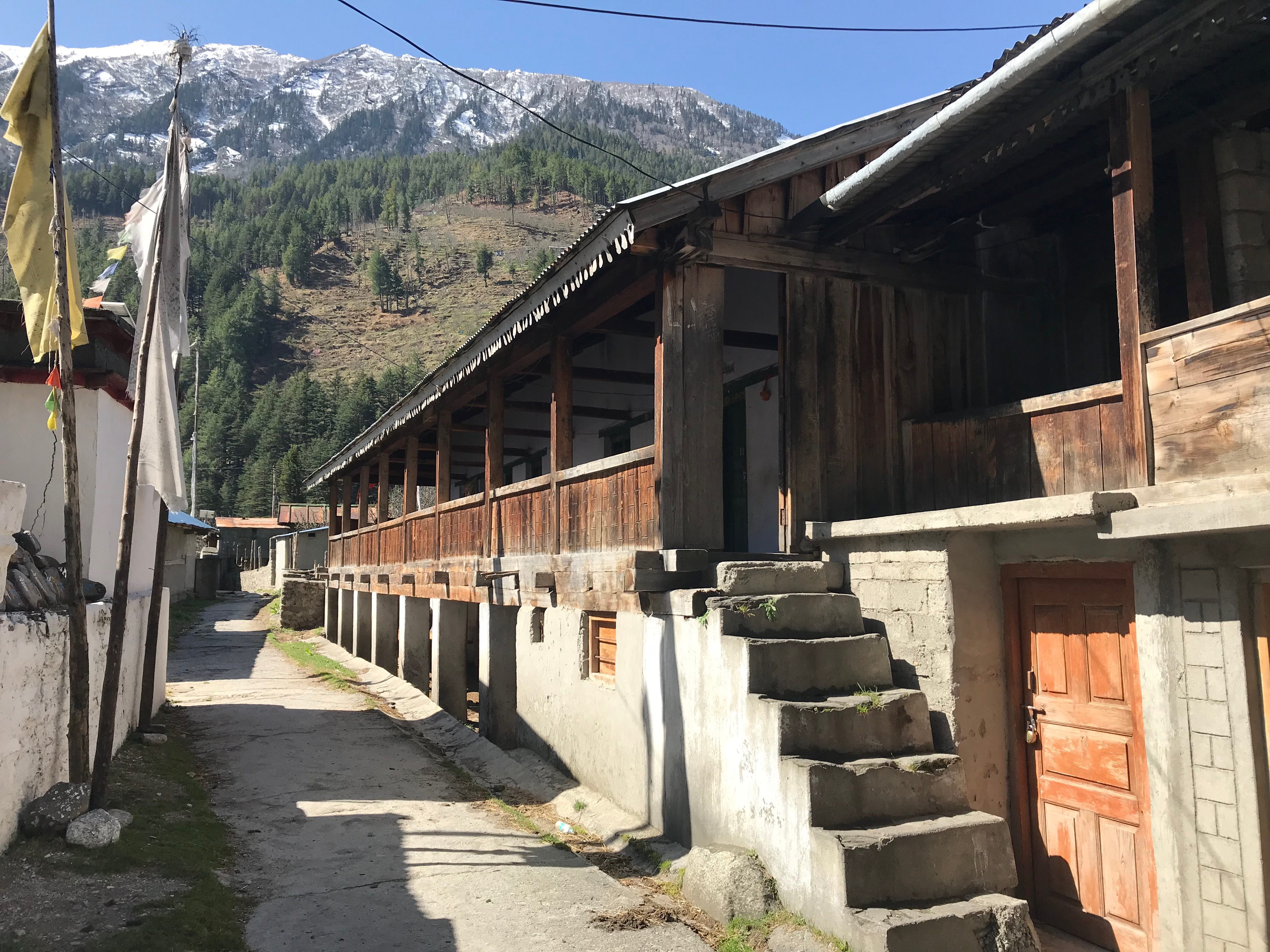
Jad is an oral language, with little or no documentation. If there were any folk literature, storytelling, or history in the language, it is lost. To preserve it, a trilingual Jad-English-Hindi dictionary is being prepared, along with a grammar and ethno-linguistic report, by the Scheme for Protection and Preservation of Endangered Languages, an initiative by the Indian government.
“Jad can certainly be revitalized as there are enough speakers,” says Kavita Rastogi, a linguist from Lucknow University who is the principal investigator for the SPPEL. “The bigger battle is to convince the community to not abandon its mother tongue, and the people will not lose their social status if they speak a minority language.”
However, not all scholars agree that Jad can be saved. Suresh Mamgain is a professor of Hindi who has researched and published books on the Jad community and contributed the section on Jad in the PLSI. “They are not as isolated now as they were before,” he says in Hindi. “There is migration and globalization. I have observed that the community feels the need to assimilate in the mainstream and… that is the reason for the decline of language.”

After mapping India’s languages, Devy, whose spirit is unflagging at 67, has turned his attention to the world at large. His next project is the Global Language Status Report. The UNESCO states that nearly half of the over 6,000 languages spoken in the world may disappear by the end of this century. The GLSR proposes to cover the languages of Africa and South America, two regions where languages are fast disappearing without any trace, and where linguistic diversity has not been mapped. (Europe, Australia, and the United States are excluded, since their languages are well-charted.)
“I have been traveling to Africa for a year now and I am not deterred by the scope of mapping 54 countries,” Devy says. “The experience with PLSI was great fun, and I believe if people decide to do something, they actually can.”
For someone who has dedicated his life to searching for languages, it comes as a surprise to learn that Devy is not a trained linguist. Before he started the PLSI, he had worked closely with the tribal communities of India, documenting their languages and culture. Given his background, he perceives himself as a language activist and has a contrarian view on how to save endangered languages. Unlike some of his colleagues, Devy thinks that compiling dictionaries or teaching languages cannot stop them from dying. “Every language represents a unique worldview,” he says. “It takes great human labor for a language to evolve and when a language disappears, we will not be able to look at the world in the same way again.”
“I think creating livelihood for people in their language zones is the only solution,” he adds.
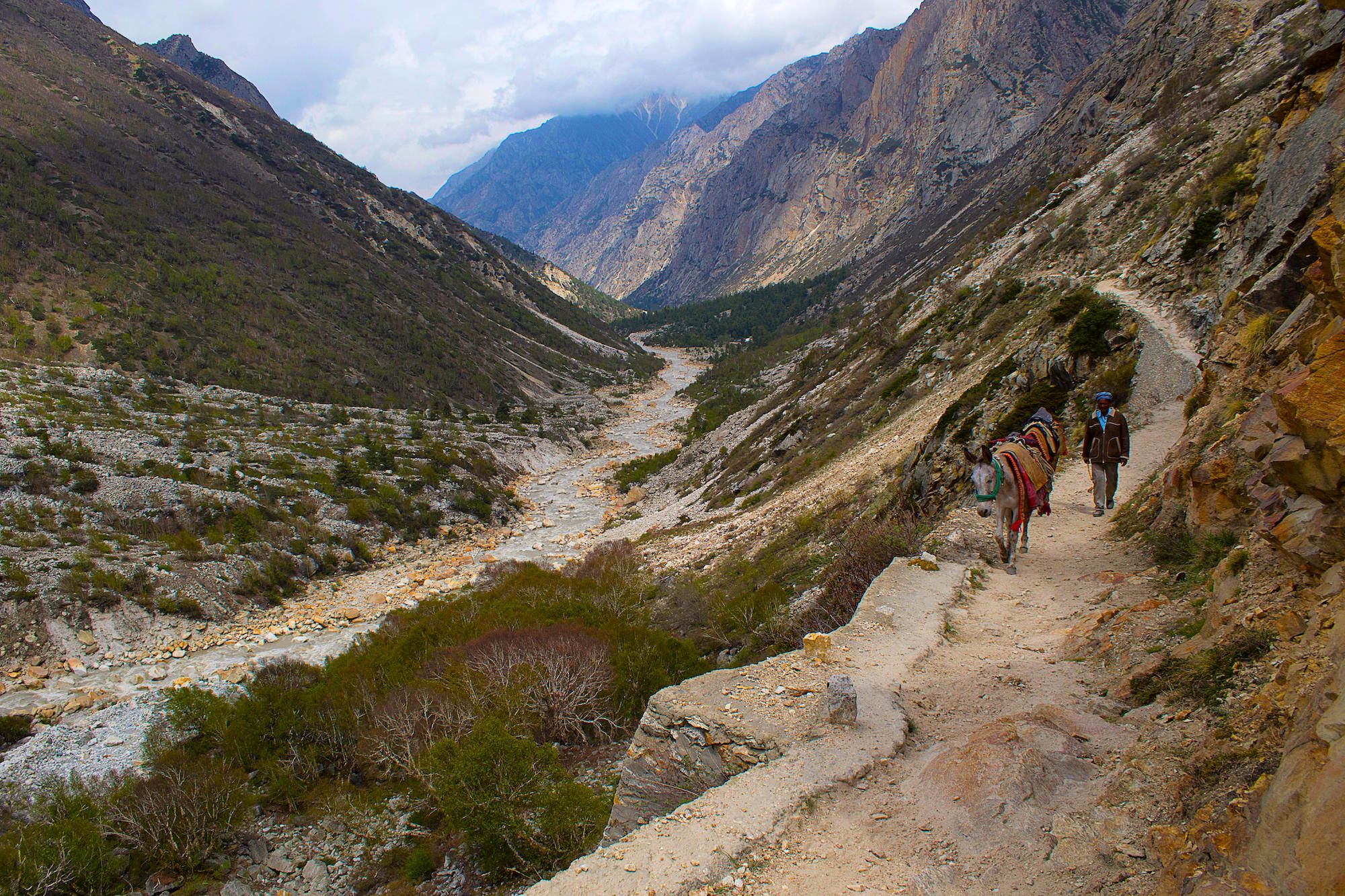
Devy’s perspective on saving languages by connecting them with people’s livelihood has strong resonance in Bagori village, a place that feels like the end of the earth. It is the last of the villages along the sharply ascending road that leads to Gangotri, the glacier which is the source of the river Ganga, the most holy of all rivers in Hinduism. This is where the Jad community migrates in May to spend the summer in ancient-looking houses, with intricate carvings in deodar, a Himalayan cedar tree. It is so high and cut off from nearby cities that only the elders of the village have migrated this year.
In Bagori, there is an acceptance among the senior members of the community that their way of life is disappearing. Given the remote nature of the village, and its lack of employment options, the elders have watched as younger generations shift away from Jad traditions, including the language itself.
Jeet Singh is nearly 90, one of the oldest people of the Jad tribe. His family is in the city, busy with jobs and education. He smokes a cigarette as he looks at the freshly fallen snow on the distant mountains. “We have lost so much as a community, our land and our homes,” he says in Hindi, with resignation. “Our survival has depended on learning other languages. If our language dies, we will not mourn, but adapt.”
*Correction: This post originally mislabeled the activities in the captions of these two photos. The women are spinning wool and Shyam Singh Rana is weaving wool.
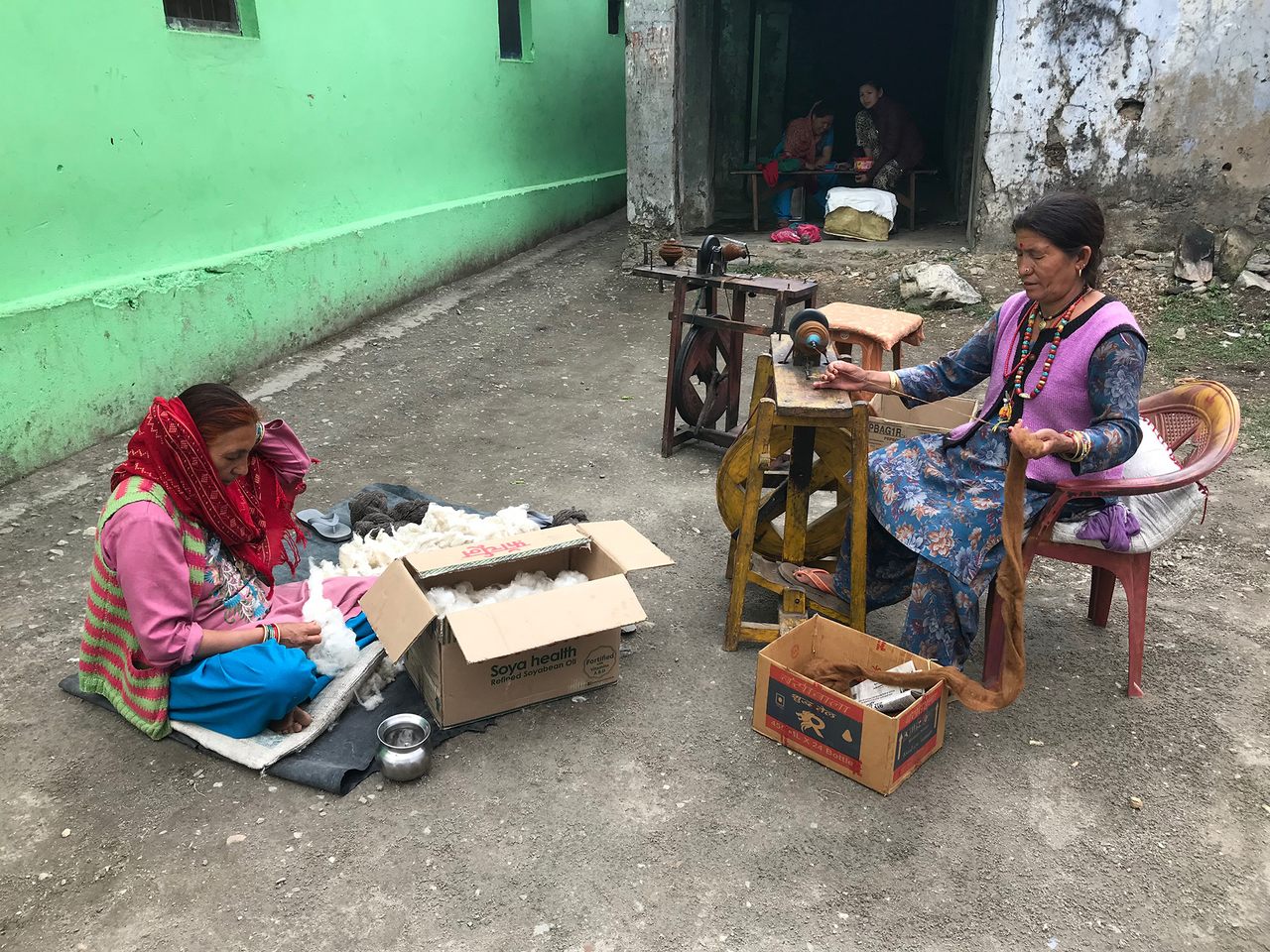









Follow us on Twitter to get the latest on the world's hidden wonders.
Like us on Facebook to get the latest on the world's hidden wonders.
Follow us on Twitter Like us on Facebook